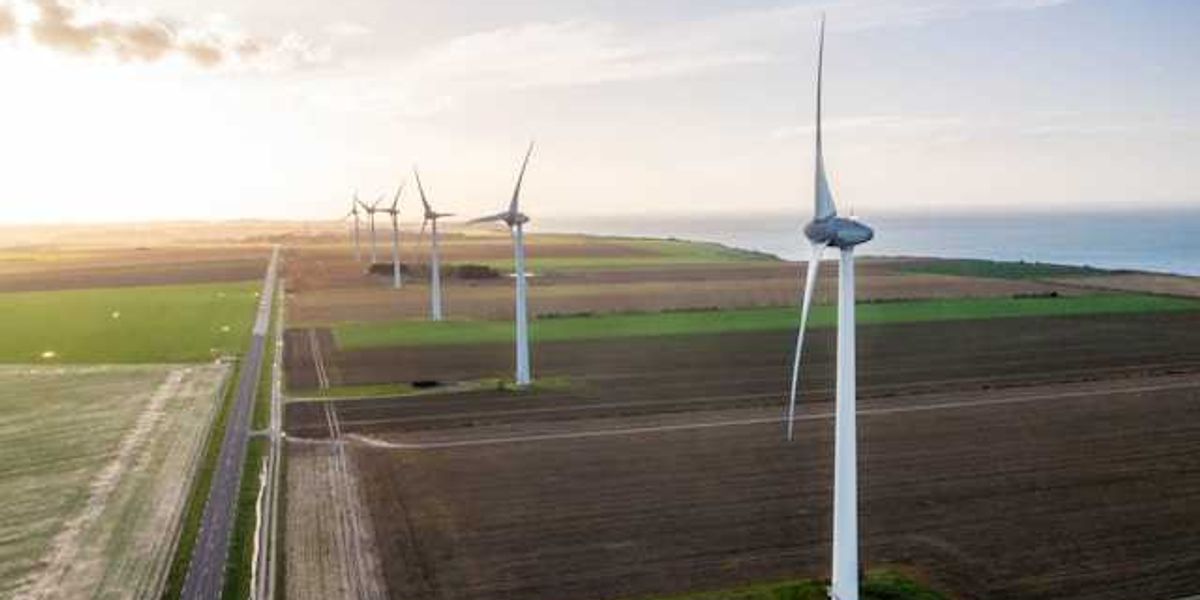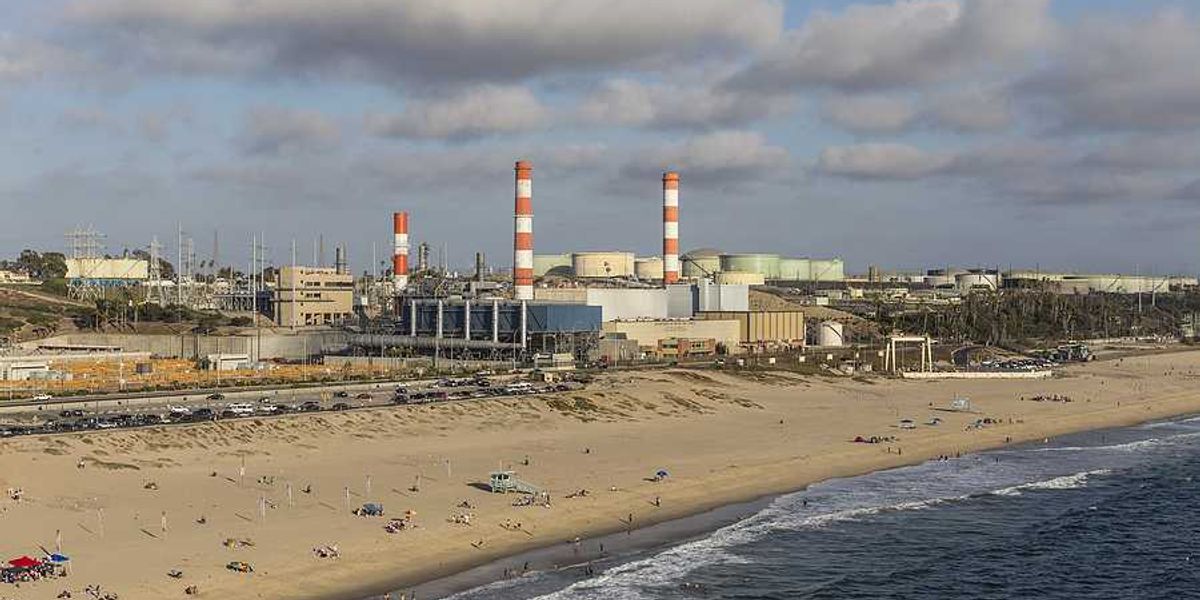
New surge in space launches raises concerns over upper-atmosphere pollution
Scientists are warning that emissions from skyrocketing numbers of satellite launches are contributing to a new and poorly understood form of air pollution that may affect Earth’s atmosphere and climate for decades.
Gary Fuller reports for The Guardian.
In short:
- Researchers at University College London found that rocket launches more than tripled emissions of soot and CO₂ in the upper atmosphere between 2020 and 2024, primarily due to mega-constellation satellite networks like Starlink and OneWeb.
- Pollutants released at high altitudes stay in the atmosphere longer than ground-level sources and may have 500 times greater warming impact compared to similar emissions from planes or cars.
- With more mega-constellations planned, including Amazon’s Kuiper project using chlorine-emitting solid fuels, scientists warn of damage to the ozone layer and climate setbacks.
Key quote:
“We’re in uncharted territory, as humans have never added this much pollution to the upper layers of the atmosphere. If left unregulated, it may have serious impacts on Earth’s atmosphere.”
— Eloise Marais, University College London
Why this matters:
The booming space industry is quickly becoming a new frontier in environmental disruption. Particles and gases released by rockets accumulate in the stratosphere and mesosphere, where they linger far longer and can alter atmospheric chemistry. Soot from rockets absorbs sunlight, contributing to warming, while some fuels release chlorine compounds that can erode the ozone layer, a protective shield already under stress. As thousands more satellites go up — many with short lifespans — debris also rains back down, releasing metal particles during re-entry. With current regulations focused on space traffic, not emissions, this unchecked pollution could jeopardize both climate progress and atmospheric stability.
Read more: Trump order fast-tracks rocket launches by cutting environmental reviews













